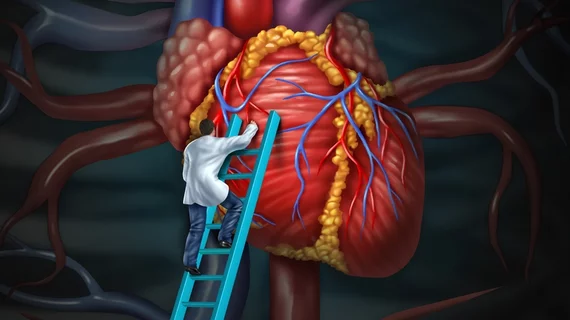First-responder cells that repair the heart after a myocardial infarction (MI) may be causing much more inflammation than the body needs, according to new research published in Circulation. Can something be done to control these “misguided” cells?
The first-responder cells in question are neutrophils known for their ability to heal wounds and combat infection. During certain steps in the healing process, an additional wave of neutrophils is called to the site of repair when it is no longer needed—and this causes elevated inflammation levels that threaten to disrupt the healing process.
The team behind this research hopes their efforts could help strike a better balance in the body following an MI.
“We just want to prevent further damage that happens to the heart by toning down the neutrophil response,” lead author Prabhakara Nagareddy, PhD, associate professor of cardiac surgery at The Ohio State University College of Medicine, said in a prepared statement. “The neutrophils are misguided and they overreact. How can we tame them? How can we bring that down?”
Nagareddy et al. induced heart attack symptoms in mice to track how different adjustments can influence the way these first-responder cells react. Limiting the “reverse migration” of certain neutrophils and altogether suppressing the release of a “proinflammatory protein” both appeared to improve cardiac outcomes and reduce scarring.
“Neutrophils don’t see the difference between one tissue and another, so we need to focus on a signaling pathway or mechanism while the neutrophils are busy, and find the right time to intervene,” Nagareddy added. “My lab is hoping to find anti-inflammatory therapies that could be administered just before arteries are unclogged.”
Read the team’s full analysis here.

